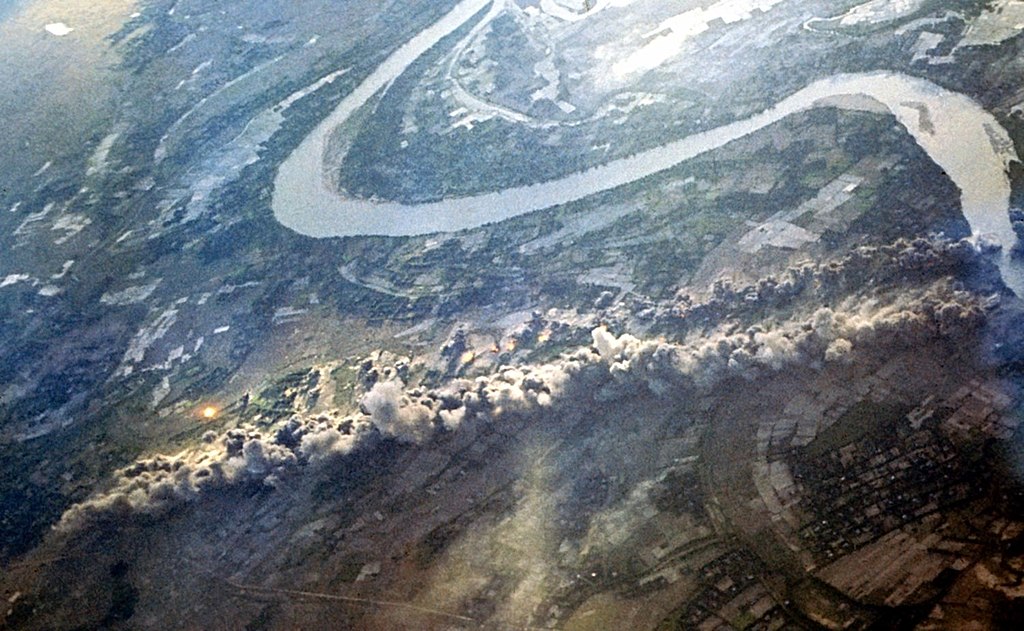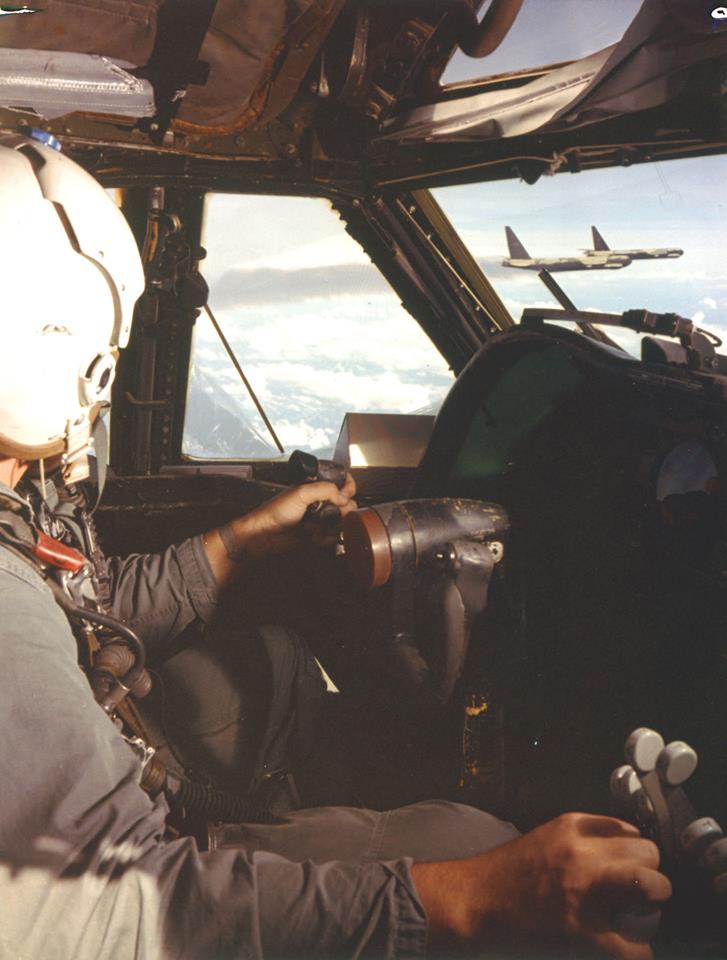Since they flew too high to be seen or heard, B-52 bombers became one of the Viet Cong’s most feared weapons
The Stratofortress flew her first combat missions as a conventional bomber during the Vietnam War, bombing what were believed to be Viet Cong insurgents’ hideouts in the South Vietnamese jungles, even though the B-52 was intended to be the cornerstone of the United States Air Force’s (USAF) nuclear deterrent. The B-52, the ultimate strategic bomber, was transformed into a functional weapon system during these missions, which were part of Operation Arc Light.
However, the first Arc Light mission against four Viet Cong battalions, flown on June 18, 1965, by twenty-seven B-52Fs, was nearly a failure due to the loss in a mid-air collision of two bombers. The incident was brought on by the bad weather, the poor planning, and the illness, according to Bill Yenne in his book B-52 Stratofortress: The Complete History of the World’s Longest Serving and Best-Known Bomber. Despite this shaky beginning, the Arc Light sorties quickly became routine, and they saw the Stratofortress carry out tactical support flights in support of the US Marine Corps Operation Harvest Moon and the US Army First Cavalry’s operations in the Ia Drang Valley.
To expand the B-52 bomb capability, the Strategic Air Command (SAC) B-52Ds were updated in December 1965 to carry eighty-four 500-pound conventional bombs, with space for an additional twenty-four on underwing pylons. The “Big Belly” upgrade program significantly expanded the B-52D’s bomb-carrying capability over the B-52F, which it replaced in the first few months of 1966, from 43,500 pounds to up to 60,000 pounds.
The B-52D was differentiated by its newly adopted Southeast Asia camouflage pattern, which featured the same B-52F gloss black on the undersides and vertical tail and tan plus two colors of green on the top sides. Incidentally, it was Operation Arc Light that gave the Stratofortress its well-known nickname, “BUFF,” which stands for “Big Ugly Fat Fucker” but is pronounced “Big Ugly Fat Fellow” in polite company and official USAF fact sheets.
These modifications increased the effectiveness of Arc Light missions since B-52s, which flew too high to be seen or heard, were one of the weapons the Viet Cong feared the most, according to the SAC’s official narrative.
A claim confirmed by General Westmoreland said, “We know from talking to many prisoners and defectors that enemy troops fear B-52s, tactical air, artillery, and armor… in that order.”
This opinion was supported by Truong Nhu Tang, the Viet Cong Minister of Justice, who in his 1985 book, A Viet Cong Memoir, eloquently recalled the experience of becoming involved in a B-52 Arc Light operation.
“It seemed, as I strained to press myself into the bunker floor, that I had been caught in the Apocalypse. […] the terror was complete. One lost control of bodily functions as the mind screamed incomprehensible orders to get out.”

More than 5,000 Arc Light missions were flown in 1966, and that number nearly doubled in 1967 thanks to the use of Thailand air bases like Udorn Royal Thai Air Force Base and U-Tapao Royal Navy Airfield, which reduced the distance from South Vietnam and significantly reduced the strain on aerial refueling assets.
Nonetheless, the Arc Light missions reached their peak in 1968, when 20,568 sorties were flown. The most well-known of the Arc Light missions took place the same year when B-52s were used to support and defend American forces during the Khe Sanh siege, which evolved into the biggest and most significant tactical air operation yet seen in Southeast Asia. The AN/MSQ-77 Ground Directed Bombing System, located in ground radar stations throughout the nation, was used to guide the BUFFs, which were in action round-the-clock and arrived over the target in groups of up to six every few hours. Target revisions were allowed by Skyspot with two hours’ notice.
During this operation, code-named Niagara, B-52s dropped 75,631 tons of bombs throughout 2,707 missions; more than 600 of those bombs were detonated less than 300 yards from the American border. No Americans were hurt. These assaults helped break the siege of Khe Sanh and forced the North Vietnamese to leave. A captured North Vietnamese officer revealed that 75% of his regiment had been destroyed in a single B-52 bombardment.
The Nixon administration’s attempt to de-escalate the war resulted in the Arc Light missions slowly declining in 1969, with 19,498 sorties performed that year, 15,103 in 1970, and 12,552 in 1971. The B-52 would have been fully employed the next year during Operation Linebacker II, the Christmas airstrike that was the heaviest bombing campaign the US conducted over North Vietnam.
Photo by U.S. Air Force


